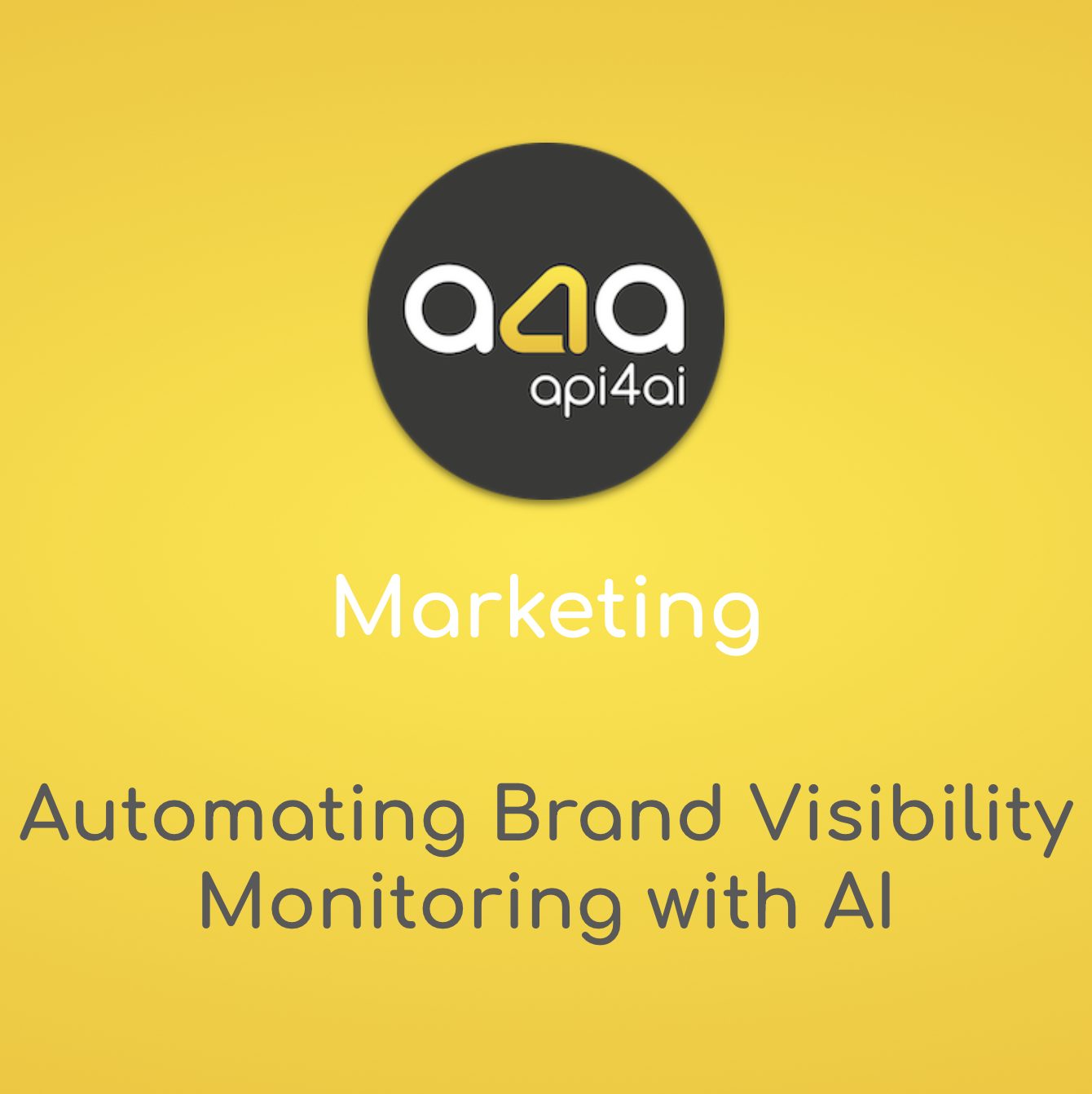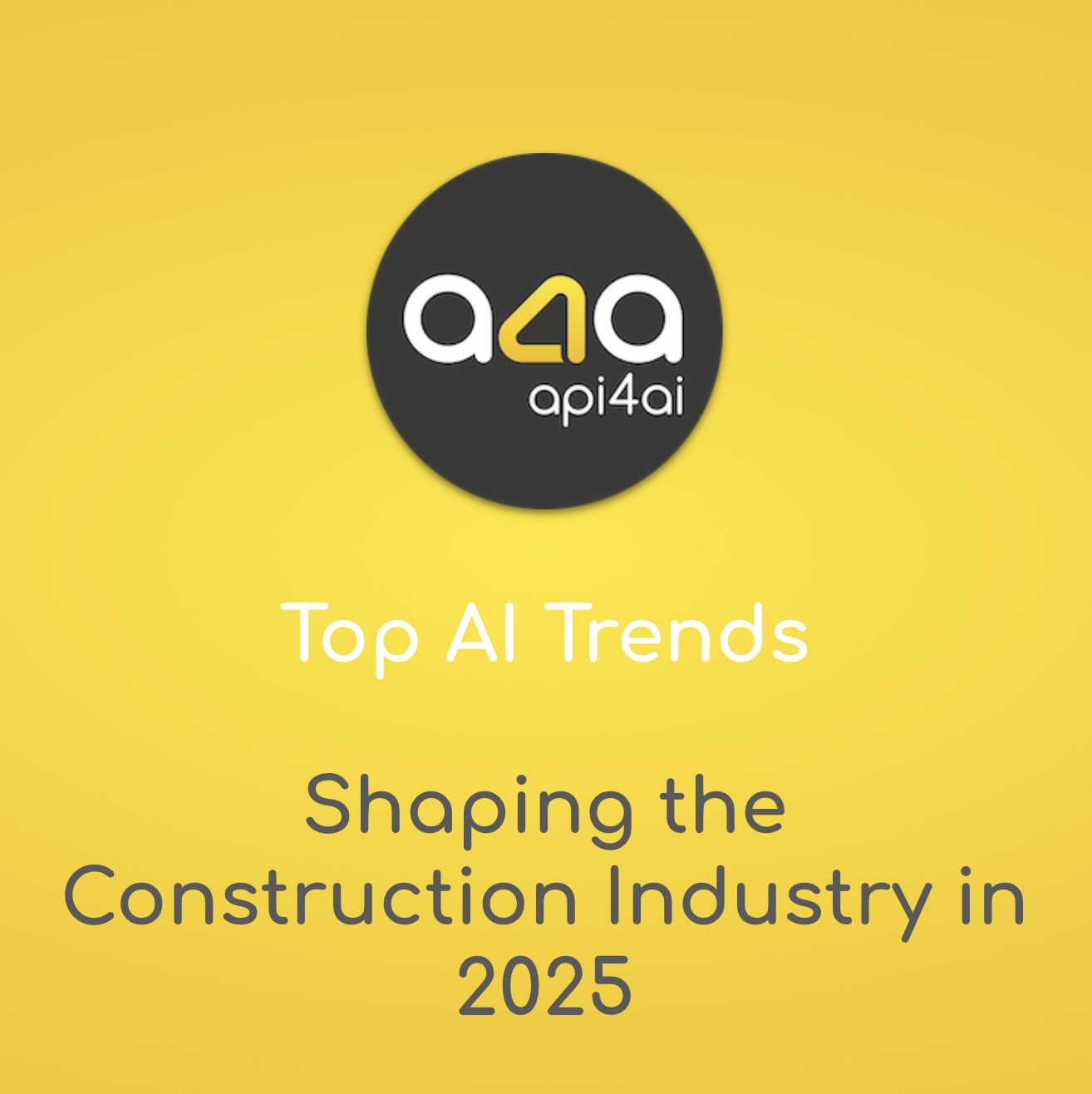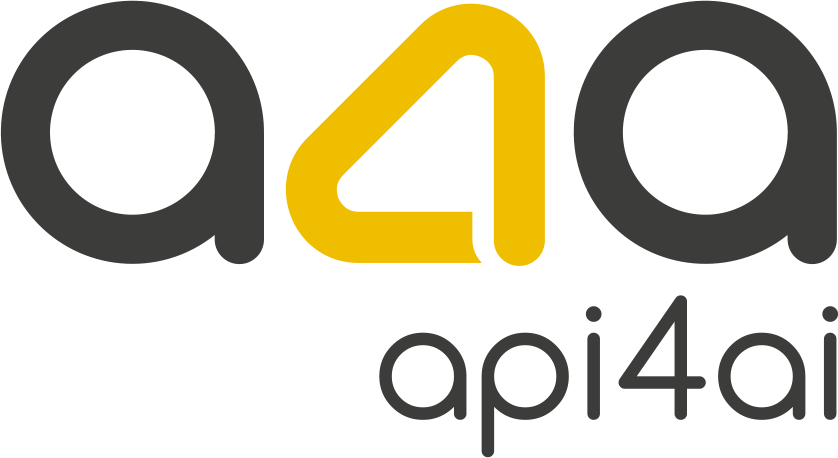
OCR for Arabic & Cyrillic Scripts: Multilingual Tactics
As digital growth accelerates across the Middle East, North Africa and Eastern Europe, the need for robust OCR solutions that support Arabic and Cyrillic scripts has never been greater. Traditional OCR engines often struggle with right-to-left text, ligatures and glyph ambiguities, leading to frustrating errors and missed opportunities. In this article, we explore the cutting-edge techniques that empower developers to build inclusive, high-accuracy OCR applications — from smart pre-processing and ligature detection to advanced language-model post-processing. Discover how to unlock seamless text recognition for emerging markets and tap into vast new user bases with modern OCR technology.

When Off‑The‑Shelf Fails: Custom Vision Solutions
Off-the-shelf vision APIs have made image recognition more accessible than ever, offering quick deployment and basic object detection capabilities. But when it comes to high-stakes industries like manufacturing, healthcare, agriculture and smart cities, the limitations of generic models quickly become apparent. Edge cases, domain-specific anomalies and real-time processing demands often expose gaps that standard solutions can't fill.
Custom vision models bridge this divide by delivering precision-tailored image recognition, built specifically for your business needs. Whether it's identifying microscopic defects on an assembly line, monitoring crop health from drone footage or ensuring brand protection in retail, bespoke models provide unmatched accuracy, reduced latency and full control over data privacy.
In this article, we explore the full journey — from identifying the weaknesses of off-the-shelf APIs to planning, building, and deploying a custom vision solution. Learn how the right development partner, combined with clear project scoping and smart MLOps practices, can transform your operations, reduce costs and give you a competitive edge in a data-driven world.

Top AI Trends for the Logistics Industry 2025
The logistics industry is undergoing a major transformation, driven by artificial intelligence. As supply chains become more complex and customer expectations rise, companies need smarter solutions to stay competitive. AI-powered technologies like real-time route optimization, predictive analytics, automated document processing and computer vision are reshaping how logistics providers operate — making deliveries faster, safer and more cost-efficient.
Businesses that adopt AI can reduce operational costs, improve delivery speed, enhance security and boost customer satisfaction. While off-the-shelf AI solutions offer quick integration, custom-built AI applications provide long-term advantages, allowing companies to scale and optimize their logistics strategies.
As we move into 2025, the logistics leaders will be those who embrace AI-driven innovation. Now is the time to explore how AI can transform operations, improve efficiency and set new standards in the industry.

The Future of Software Developer Careers: Should Programmers Fear AI?
AI is transforming software development, but rather than replacing programmers, it is enhancing their capabilities. From AI-powered code assistants to low-code platforms, automation is streamlining workflows and freeing developers to focus on problem-solving, architecture and innovation. While some tasks are being automated, the demand for skilled engineers remains high, especially in areas like AI integration, cloud computing and cybersecurity.
The key to staying relevant is adaptability. Developers who embrace AI tools, learn new technologies and refine their strategic thinking will continue to thrive. Instead of fearing AI, the future belongs to those who leverage its potential to build smarter, more efficient and more scalable software solutions.

Top AI Trends Shaping the Finance Industry in 2025
Artificial intelligence is rapidly transforming the finance industry, revolutionizing fraud detection, customer interactions and investment strategies. With AI-powered predictive analytics, real-time data processing and intelligent automation, financial institutions can operate more efficiently, reduce risks and provide hyper-personalized services.
From automated document processing with OCR to AI-driven fraud prevention and risk assessment, machine learning models are optimizing financial workflows and enhancing security. Meanwhile, conversational AI is redefining customer service, offering 24/7 support and tailored financial advice. In investment and trading, AI-driven sentiment analysis and predictive analytics are helping fund managers and traders make smarter, data-backed decisions.
As financial firms navigate an increasingly digital landscape, the choice between ready-to-use AI solutions and custom-built models becomes crucial. While off-the-shelf APIs can streamline operations, tailored AI developments provide long-term competitive advantages, ensuring businesses stay ahead of emerging market trends.
The future of finance belongs to institutions that embrace AI strategically, leveraging its power to drive efficiency, security and customer satisfaction. Those who act now will set new industry standards, shaping a smarter and more adaptive financial ecosystem.

Custom AI Development: Is It Worth the Investment?
Artificial intelligence is transforming industries, helping businesses automate tasks, optimize workflows and enhance decision-making. While off-the-shelf AI solutions — such as OCR APIs, object detection tools and background removal services — offer a quick and cost-effective entry point, they may not always meet the unique needs of specialized industries.
This blog post explores the strategic advantages of custom AI development, highlighting how tailored solutions can drive efficiency, cost savings and long-term profitability. From brand recognition in retail to automated inventory management in logistics, real-world examples illustrate how companies are leveraging AI to stay ahead.
Is a custom AI solution right for your business? Learn how to assess your readiness, build the right AI strategy and measure long-term ROI to make an informed investment that scales with your growth.

Automating Brand Visibility Monitoring with AI
In a world where brand presence spans across social media, live events, retail spaces and digital platforms, tracking brand visibility manually is no longer practical. AI-powered brand monitoring is transforming how businesses measure their marketing impact, detect unauthorized logo use and optimize brand exposure in real-time.
This blog explores how AI-driven solutions — including logo recognition, object detection and multi-object tracking in videos — enable businesses to automate brand monitoring across multiple channels. From analyzing brand visibility in user-generated content to measuring the effectiveness of event sponsorships, AI helps companies save time, reduce costs and gain a competitive edge.
Discover how cloud-based AI tools and custom brand monitoring solutions can help businesses stay ahead in an increasingly digital and data-driven marketplace. Whether you’re looking to enhance marketing analytics or protect your brand from misuse, AI-powered brand recognition is the key to smarter, more strategic brand management.

Key AI Trends Transforming the Broadcasting Industry in 2025
The broadcasting industry is undergoing a major transformation, driven by artificial intelligence. From AI-powered content creation and automated video production to real-time analytics and immersive viewer experiences, AI is reshaping how content is produced, distributed and monetized.
Broadcasters are using AI to personalize programming, enhance live event coverage and optimize ad placementswith real-time brand recognition. Computer vision is streamlining editing, background removal and object detection, making production faster and more efficient. Meanwhile, interactive features like AR overlays, live Q&A moderation and AI-generated captions are elevating audience engagement like never before.
As competition intensifies, broadcasters must strategically invest in AI — whether through off-the-shelf APIs for quick automation or custom AI solutions tailored for deeper innovation. The future of broadcasting belongs to those who leverage AI to stay ahead of evolving viewer expectations, improve efficiency and unlock new revenue opportunities.

The Cost of Developing Modern AI-Based Products
Artificial intelligence is transforming industries, but the cost of developing AI-based products varies widely depending on complexity, customization and long-term strategy. While off-the-shelf AI APIs provide an affordable and quick solution for startups and SMEs, enterprises often invest in custom AI development to gain a competitive edge. The right approach depends on a business’s stage, budget and objectives.
This article explores the financial and technical factors that influence AI costs, from basic open-source models to high-performance, scalable AI solutions. Whether you’re considering ready-made APIs for image recognition, OCR or background removal or looking into custom AI models for specialized applications, understanding the trade-offs between cost and performance is crucial.
AI development is not just about the initial price tag — its real value lies in long-term returns, automation and strategic advantage. Choosing the right AI solution can reduce operational costs, improve efficiency, and position businesses for future growth.

Top AI Trends in the Solar Energy Industry for 2025
The solar energy industry is rapidly evolving and artificial intelligence (AI) is playing a key role in shaping its future. In 2025, AI-powered technologies will drive efficiency, reduce maintenance costs and optimize energy production. From predictive maintenance that detects performance issues before they cause energy losses to drone-powered image analysis that automates solar panel inspections, AI is making solar farms smarter and more cost-effective.
Advanced forecasting tools powered by AI improve energy output predictions, ensuring better grid stability and storage management. Deep learning algorithms provide smart data insights, helping operators identify inefficiencies and maximize performance. For companies with unique operational needs, custom AI solutions offer tailored approaches to long-term cost savings and competitive advantages.
As AI technology continues to evolve, solar energy providers must embrace innovation to stay ahead. Whether by leveraging ready-to-use AI APIs or investing in fully customized solutions, integrating AI into solar operations is the key to greater efficiency, profitability and sustainability in the years to come.

Artificial Intelligence (AI): A Powerful Tool or Just Marketing Hype?
Artificial intelligence is often surrounded by bold claims — some see it as a revolutionary tool, while others dismiss it as overhyped marketing. The reality lies in between. AI is already transforming industries, automating complex tasks, improving efficiency and unlocking new business opportunities. From image recognition and object detection to fraud prevention and predictive analytics, AI is proving its worth in real-world applications.
However, AI is not a magic solution. Its effectiveness depends on quality data, strategic implementation and human oversight. Businesses that adopt AI wisely — whether through ready-to-use APIs or custom AI solutions — can gain a significant competitive edge, cutting costs and improving decision-making.
The future belongs to those who adapt. Companies that integrate AI today will stay ahead in an increasingly digital world, while those who ignore it risk falling behind. AI is not just hype — it’s a game-changing tool for businesses that are ready to embrace innovation.

Top AI Trends Shaping the Warehousing Industry in 2025
As the warehousing industry evolves, artificial intelligence is becoming a critical driver of efficiency, accuracy, and cost savings. From AI-powered inventory optimization to autonomous robotics and real-time quality control, intelligent automation is transforming warehouse operations. Businesses that strategically adopt AI — balancing off-the-shelf tools with custom AI solutions — will gain a significant competitive advantage in logistics. While AI investment requires an upfront commitment, the long-term benefits include lower operational costs, increased productivity and enhanced worker safety. In 2025, warehouse AI ROI will be defined by how effectively companies integrate AI-driven automation into their supply chain strategies. The future of warehousing belongs to those who embrace AI today.

From MVP to Production: A Complete Computer Vision Project Lifecycle
Bringing a computer vision model from a prototype to full production is a complex journey that goes far beyond just training an accurate neural network. A successful AI-powered vision system requires continuous refinement, real-world validation and seamless integration with broader software infrastructure.
In this post, we explore the complete lifecycle of a computer vision project, from data collection and iterative model training to deployment, monitoring and continuous learning. Along the way, we discuss key challenges such as uncertain estimates, evolving real-world conditions and the need for long-term optimization to maintain accuracy and scalability.
We also highlight the difference between ready-made APIs for quick deployment and custom AI solutions for businesses needing specialized performance and control. While off-the-shelf solutions can be a great starting point, investing in a tailored model often leads to higher ROI, reduced operational costs and long-term competitive advantages.
Whether you're experimenting with AI-powered image processing for the first time or looking to refine an existing solution, understanding the full lifecycle of computer vision is key to unlocking its true potential.

Computer Vision: Can Beginners Build Solutions Fast?
With the rise of open-source AI frameworks, pretrained models, and cloud-based APIs, developing a computer vision solution has never been easier. Many believe that anyone — even without deep technical expertise — can quickly create an image recognition system with minimal cost. But is that really the case?
While off-the-shelf AI tools can handle basic tasks like OCR, background removal and object detection, more complex applications often require custom AI models, expert fine-tuning and ongoing maintenance. Businesses relying solely on quick-fix solutions may encounter accuracy issues, hidden costs and security risks, especially in industries where precision and reliability are critical.
So, how do you choose between prebuilt AI services and custom computer vision development? The answer depends on your specific needs, long-term goals, and willingness to invest in AI expertise. In this article, we explore the key considerations, risks, and long-term benefits of different approaches to computer vision adoption—helping you make the right decision for your business.

Top AI Trends Shaping the Construction Industry in 2025
Artificial intelligence is reshaping the construction industry, streamlining processes, enhancing safety, and paving the way for sustainable, high-quality projects. In 2025, AI-powered tools are set to redefine how teams manage resources, monitor safety conditions, and optimize project workflows. These technologies not only address long-standing industry challenges but also open the door to new levels of efficiency and innovation. From improving material usage and reducing waste to enabling precision quality control and designing eco-friendly structures, AI is transforming every aspect of construction. This article explores the top trends that will shape construction in 2025, providing insights into how AI can drive better results, reduce costs, and help firms stay competitive in a rapidly changing landscape.

10 AI Marketing Trends to Watch in 2025
Artificial intelligence is transforming marketing at an unprecedented pace, and 2025 will be a defining year for AI-driven strategies. From intelligent image recognition for brand tracking to hyper-personalized audience targeting, AI is enabling businesses to analyze consumer behavior, automate content creation, and optimize campaigns with real-time insights.
This blog explores 10 key AI marketing trends shaping the industry, including AI-powered chatbots, immersive AR/VR experiences, automated ad optimization, and predictive analytics for emerging market trends. As AI continues to evolve, businesses that embrace these technologies will gain a competitive edge, improve customer engagement, and drive higher ROI.
Whether leveraging off-the-shelf AI APIs or investing in custom-built AI solutions, brands that integrate AI into their marketing strategies today will be the ones leading the industry tomorrow. The future of AI-driven marketing is here — are you ready to embrace it?

AI Tools: Just a Fad or a Game-Changer for Real Businesses?
Artificial intelligence is no longer just a futuristic buzzword — it is actively transforming industries, streamlining operations, and creating new opportunities for businesses of all sizes. But is AI truly a long-term game-changer, or is it just another tech trend that will fade away?
This article explores AI’s real impact on business operations, debunking common myths and highlighting the key benefits that drive efficiency, accuracy, and scalability. From automating repetitive tasks and reducing costs to enhancing decision-making and improving customer experiences, AI-powered solutions are proving their value across various industries.
However, successful AI adoption requires more than just plugging in a new tool. Businesses must consider data readiness, security, integration challenges, and long-term scalability to ensure AI aligns with their strategic goals. Whether starting with off-the-shelf AI APIs or investing in custom AI solutions, companies that embrace AI today will gain a competitive advantage in the evolving digital landscape.
As AI continues to evolve, the businesses that adapt, experiment, and innovate will be the ones leading the future. Are you ready to take the next step in AI adoption?

How to Maximize AI Benefits for Your Business Without Large Investments
Artificial intelligence is transforming businesses, but many companies hesitate to adopt it due to concerns about high costs and complexity. The good news is that AI no longer requires massive investments — cloud-based AI APIs offer an affordable, scalable way to integrate powerful AI features without upfront development costs.
In this guide, we explore how businesses can start small with pay-as-you-go AI APIs, test their impact, and scale up only if it makes financial sense. From automating image processing and document management to leveraging AI for industry-specific applications, we highlight practical use cases that provide immediate ROI.
For companies that outgrow pre-built AI solutions, transitioning to custom AI development can offer greater control, cost efficiency, and competitive advantages in the long run. We discuss when and why a custom AI solution makes sense and share expert tips for ensuring a smooth migration from cloud APIs to a tailored AI model.
Whether you’re new to AI or looking to optimize your existing AI strategy, this guide provides actionable insights on maximizing AI benefits without large investments. Start small, scale smart, and unlock the full potential of AI for your business.

The Future of AI in Digital Marketing: Key Tools and Trends
Artificial intelligence is transforming digital marketing, enabling businesses to automate tasks, personalize customer experiences, and optimize campaigns with real-time data. From AI-powered image processing and text analytics to advanced personalization and automated content creation, AI is redefining how brands engage with audiences.
This blog post explores the most impactful AI-driven tools, emerging trends, and best practices for implementing AI in marketing. Businesses that embrace AI can improve efficiency, enhance customer engagement, and gain a competitive edge in an increasingly data-driven world.
As AI continues to evolve, staying ahead of the curve is crucial. Whether leveraging ready-to-go AI solutions or investing in custom AI development, now is the time for marketers to integrate AI into their strategies and future-proof their success.

Off-the-Shelf AI Cloud APIs for Enterprise Businesses: Pros & Cons
AI is transforming enterprise operations, offering automation, efficiency, and scalability like never before. Businesses today have two primary options for integrating AI into their workflows: off-the-shelf AI APIs or custom AI development. While ready-made AI APIs provide instant access to advanced AI capabilities such as OCR, object detection, background removal, and facial recognition, they also come with limitations in customization, cost scaling, and data privacy.
This blog post explores the advantages and drawbacks of off-the-shelf AI APIs, helping enterprises determine whether they should rely on pre-built AI models or invest in custom AI development. We discuss key factors such as cost efficiency, scalability, security concerns, and long-term sustainability, providing a strategic framework for businesses looking to maximize the benefits of AI while minimizing risks.
Choosing the right AI approach is crucial for driving efficiency, reducing operational costs, and staying ahead of the competition. Whether leveraging cloud-based AI APIs for quick integration or developing tailored AI solutions for specialized needs, enterprises must carefully evaluate their AI strategy to ensure long-term success.
